Researchers have developed an innovative method to make advanced coating materials for “smart” sub-ambient radiative cooling in large-scale building applications.


Researchers have developed an innovative method to make advanced coating materials for “smart” sub-ambient radiative cooling in large-scale building applications.
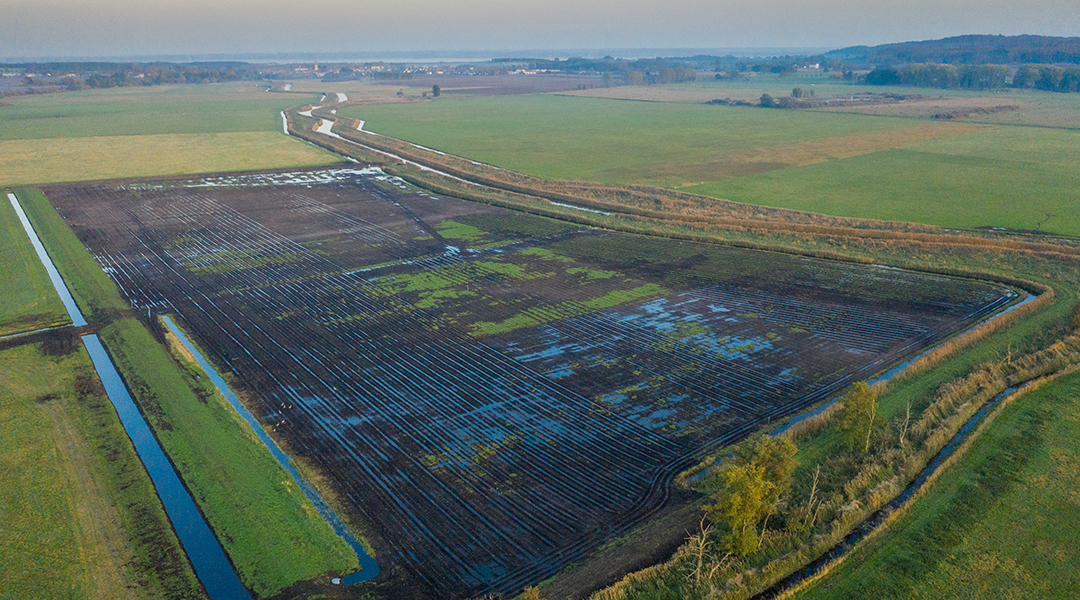
Peatlands are among the most valuable ecosystems on Earth but when damaged are a major source of greenhouse gas emissions.
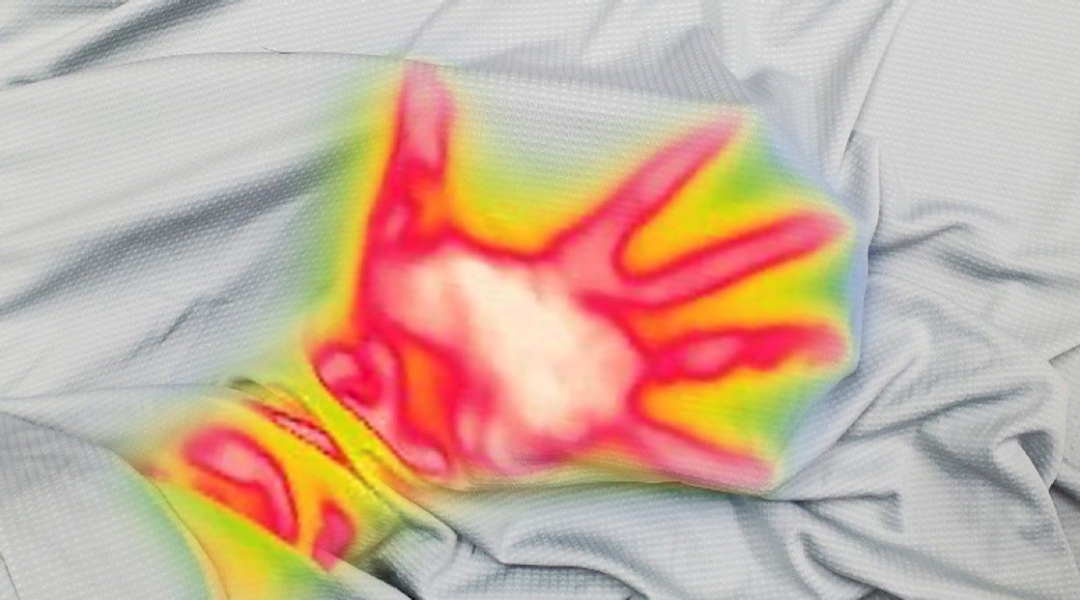
A simple alteration in the functionality of our clothing could surprisingly help lower energy consumption in buildings and homes.
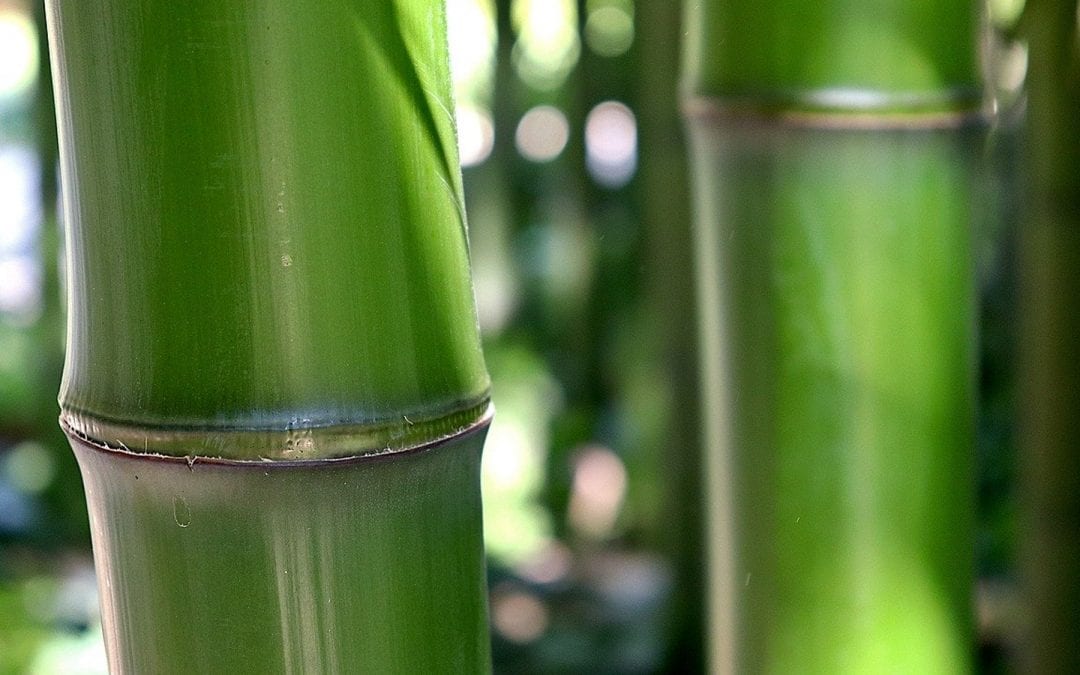
Lightweight but tough, bamboo is the hope for a more sustainable life and future for our planet.

Some species of butterfly rely on shade to regulate their body temperature when it gets too hot.
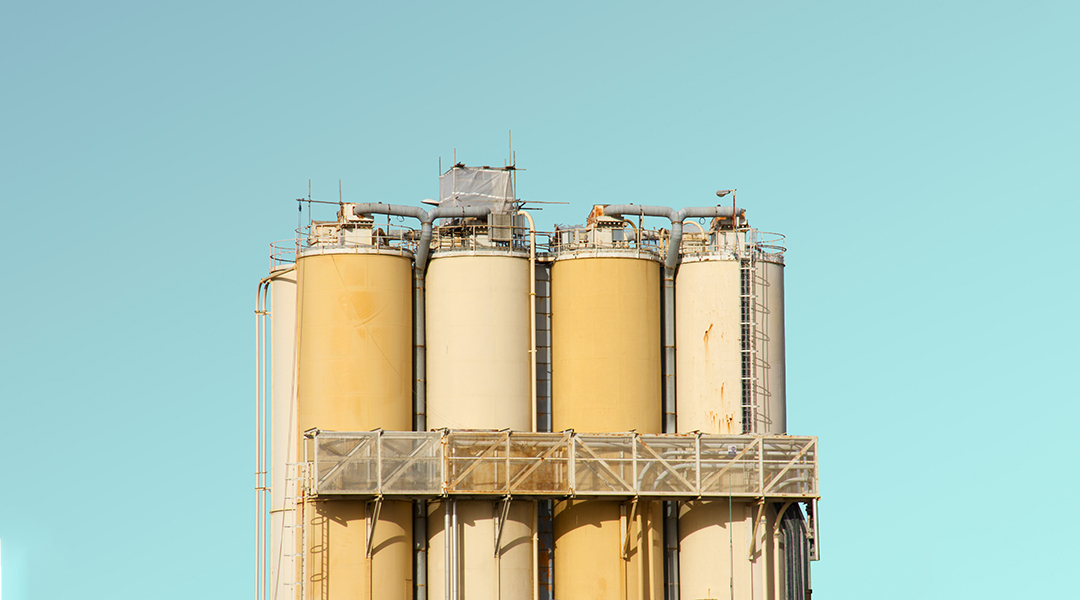
The amount of carbon dioxide produced by industrial point sources is far larger than the current demand for carbon capture and utilization.
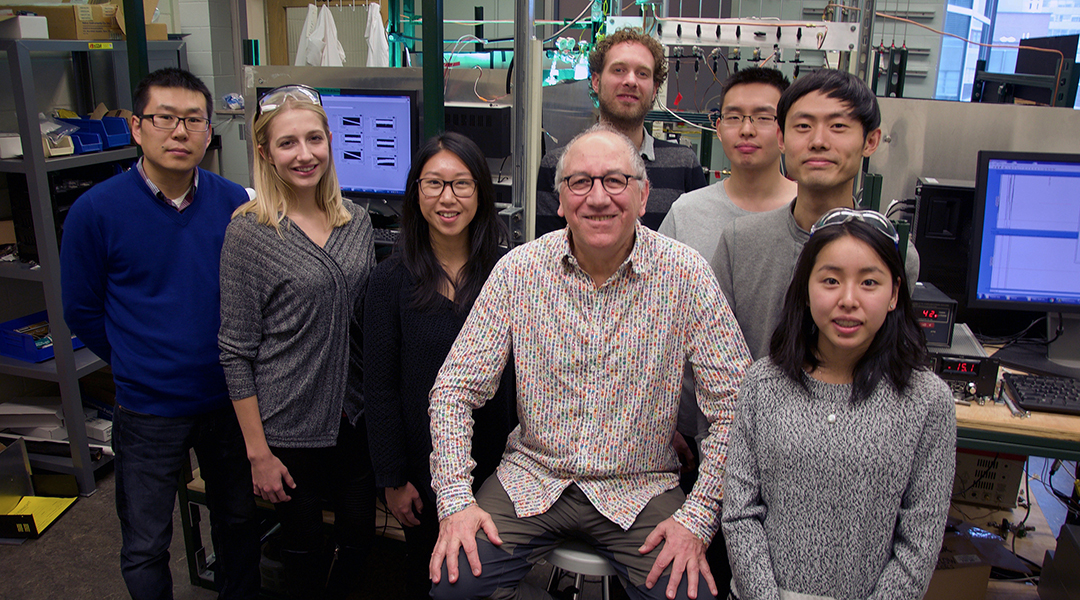
To celebrate his upcoming 77th birthday, we reached out to nanochemist and long-time ASN contributor, Geoffery Ozin, to discuss his colorful career, current projects, and plans for the future.

As hydropower projects are built across the Himalayan region, recognizing the temporal politics inherent to hydropower development will become increasingly critical.
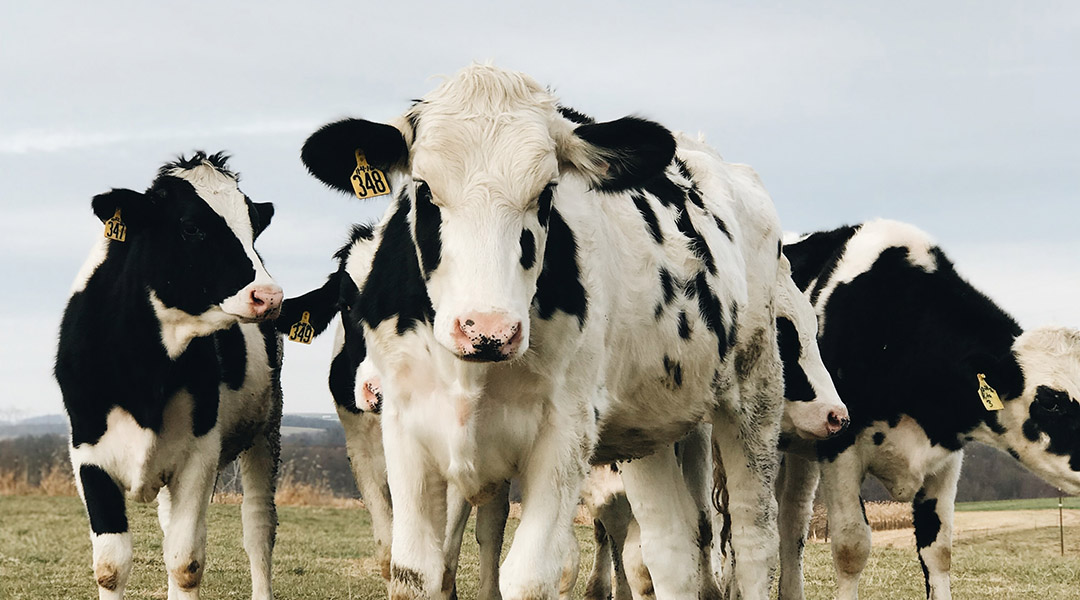
Researchers have created a high performance and selective activated carbon from the dairy industry’s excess milk for scalable carbon capture.
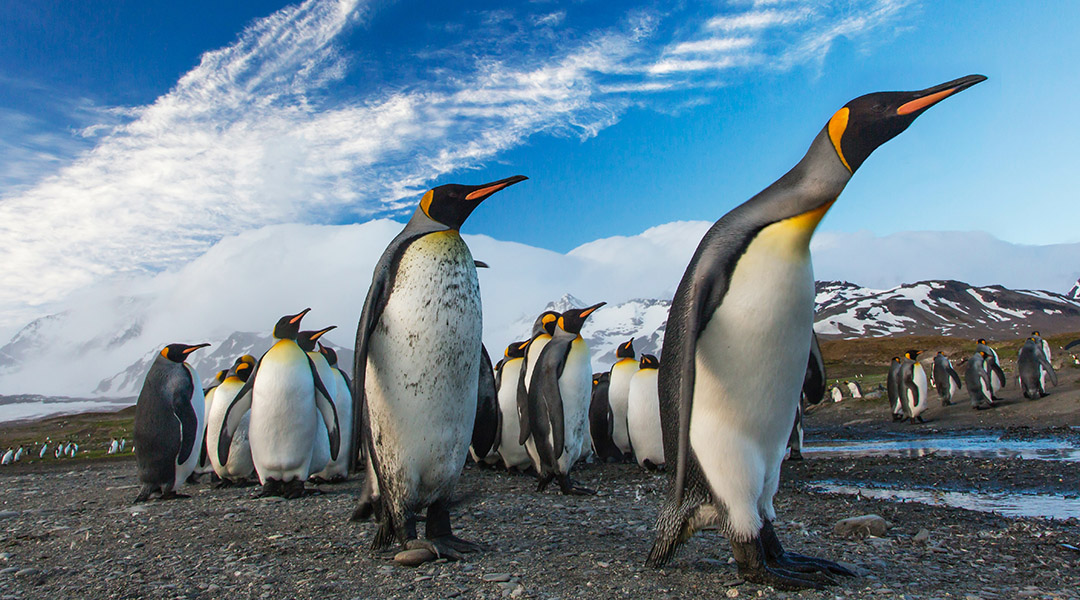
Guano stains on sea ice reveal 11 new emperor penguin colonies in Antarctica.